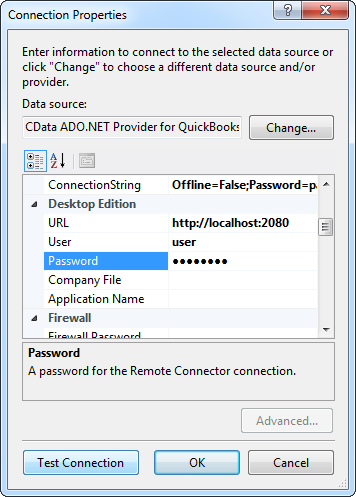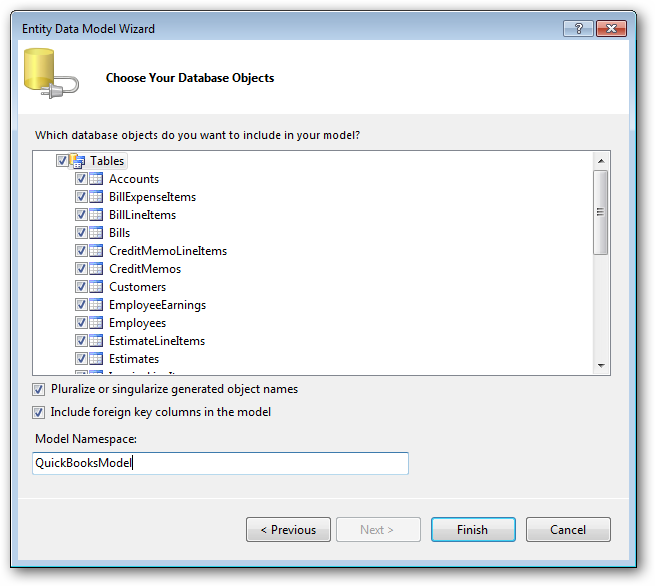Discover how a bimodal integration strategy can address the major data management challenges facing your organization today.
Get the Report →LINQ to Drift Data
LINQ offers versatile querying capabilities within the .NET Framework (v3.0+), offering a straightforward method for programmatic data access through CData ADO.NET Data Providers. In this article, we demonstrate the use of LINQ to retrieve information from the Drift Data Provider.
This article illustrates using LINQ to access tables within the Drift via the CData ADO.NET Data Provider for Drift. To achieve this, we will use LINQ to Entity Framework, which facilitates the generation of connections and can be seamlessly employed with any CData ADO.NET Data Providers to access data through LINQ.
See the help documentation for a guide to setting up an EF 6 project to use the provider.
- In a new project in Visual Studio, right-click on the project and choose to add a new item. Add an ADO.NET Entity Data Model.
- Choose EF Designer from Database and click Next.
- Add a new Data Connection, and change your data source type to "CData Drift Data Source".
Enter your data source connection information.
Start by setting the Profile connection property to the location of the Drift Profile on disk (e.g. C:\profiles\Drift.apip). Next, set the ProfileSettings connection property to the connection string for Drift (see below).
Drift API Profile Settings
Drift uses OAuth-based authentication.
You must first register an application here: https://dev.drift.com. Your app will be assigned a client ID and a client secret. Set these in your connection string via the OAuthClientId and OAuthClientSecret properties. More information on setting up an OAuth application can be found at https://devdocs.drift.com/docs/.
After setting the following options in the ProfileSettings connection property, you are ready to connect:
- AuthScheme: Set this to OAuth.
- OAuthClientId: Set this to the Client Id that is specified in your app settings.
- OAuthClientSecret: Set this to Client Secret that is specified in your app settings.
- CallbackURL: Set this to the Redirect URI you specified in your app settings.
- InitiateOAuth: Set this to GETANDREFRESH. You can use InitiateOAuth to manage the process to obtain the OAuthAccessToken.
Below is a typical connection string:
Profile=C:\profiles\Drift.apip;Authscheme=OAuth;OAuthClientId=your_client_id;OAuthClientSecret=your_client_secret;CallbackUrl=your_callback_url;InitiateOAuth=GETANDREFRESH- If saving your entity connection to App.Config, set an entity name. In this example we are setting APIEntities as our entity connection in App.Config.
- Enter a model name and select any tables or views you would like to include in the model.


Using the entity you created, you can now perform select commands. For example:
APIEntities context = new APIEntities();
var contactsQuery = from contacts in context.Contacts
select contacts;
foreach (var result in contactsQuery) {
Console.WriteLine("{0} {1} ", result.Id, result.Id);
}
See "LINQ and Entity Framework" chapter in the help documentation for example queries of the supported LINQ.





